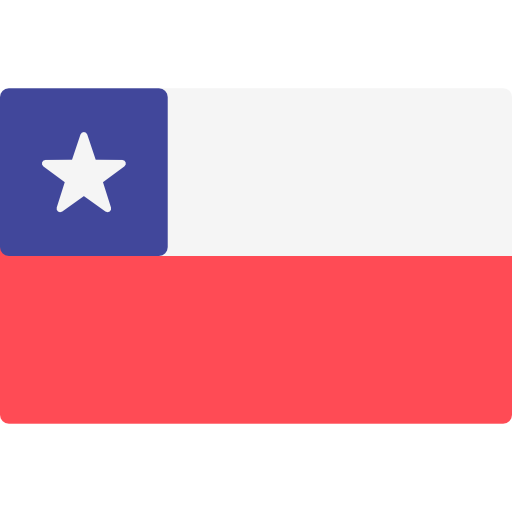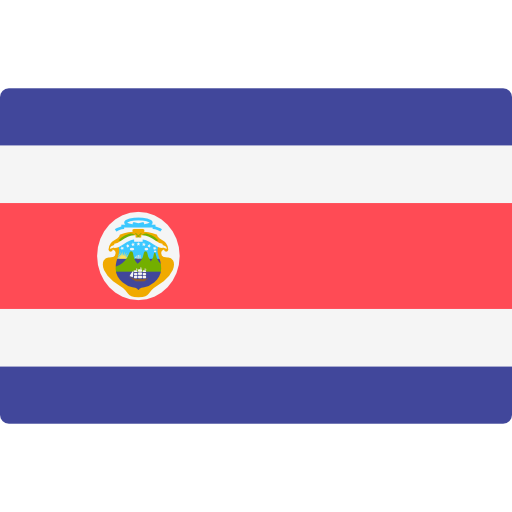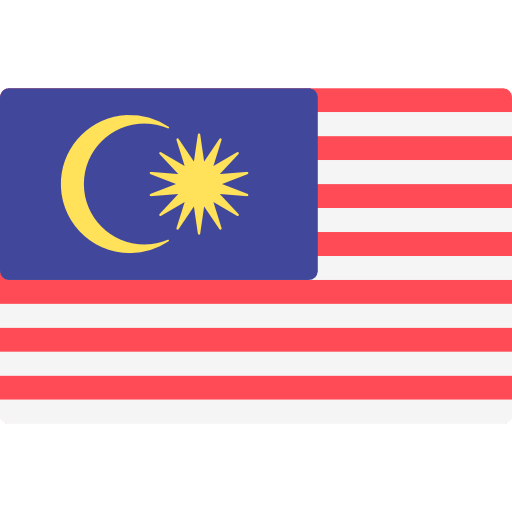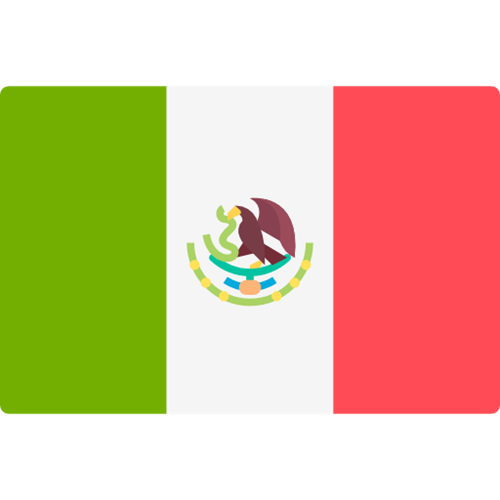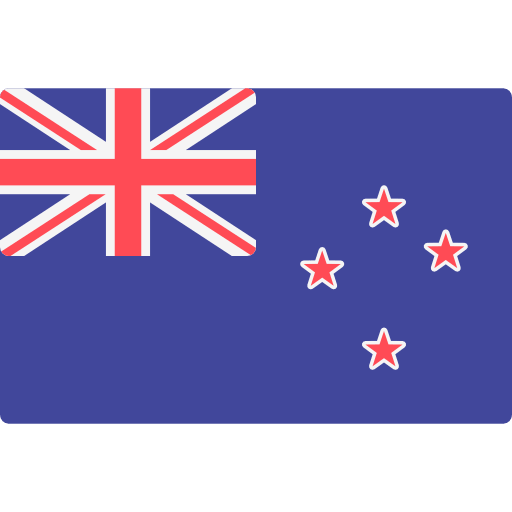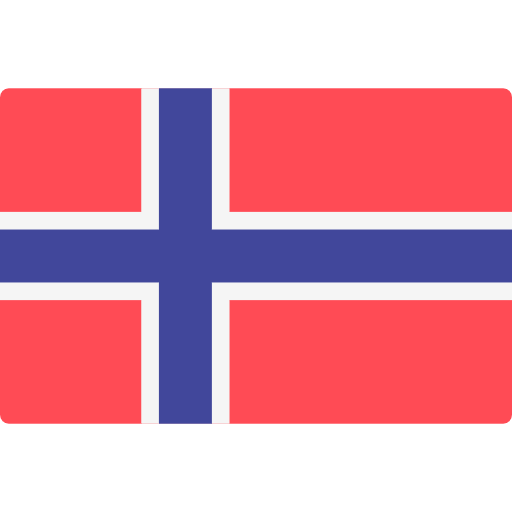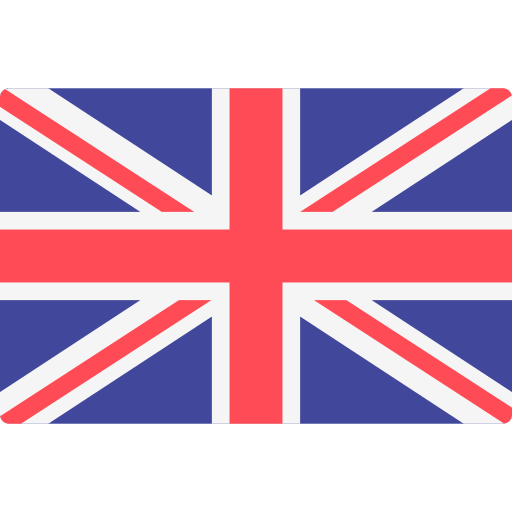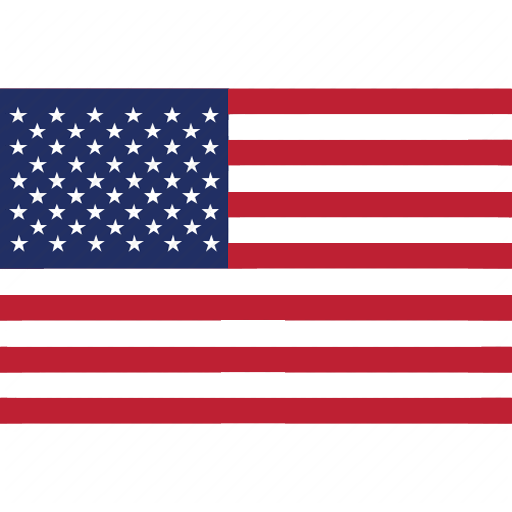Tech Watch: Washington State Adopts New PFAS Restrictions and Reporting Requirements Under Updated Safer Products Rule

UNITED STATES
Washington State Adopts New PFAS Restrictions and Reporting Requirements Under Updated Safer Products Rule
On 20 November 2025, the Washington State Department of Ecology finalised amendments to Chapter 173-337 WAC – Safer Products Restrictions and Reporting, significantly expanding regulatory requirements related to per- and polyfluoroalkyl substances (PFAS) in consumer products. These updates introduce new restrictions, broaden reporting obligations, and clarify several key definitions as part of the state’s ongoing effort to reduce toxic chemicals in consumer goods.
Earlier PFAS restrictions and reporting requirements adopted in prior rulemakings remain in place. In particular, restrictions on aftermarket stain- and water-resistance treatments and on carpets and rugs (for both indoor and outdoor use) took effect 1 January 2025, and restrictions on leather and textile furniture and furnishings intended for indoor use take effect 1 January 2026. Reporting for leather and textile furniture and furnishings intended for outdoor use began 1 January 2024, with the first report due 31 January 2025, and ongoing annual submissions.
New restrictions on products containing intentionally added PFAS:
Under the revised rule, Washington adds three new product categories to the existing list of PFAS-restricted products. For these newly covered categories, manufacturers, suppliers, and retailers are prohibited from manufacturing, selling, or distributing certain consumer products in Washington if they contain intentionally added PFAS. These restrictions apply to the following product categories:
- Apparel and accessories, excluding certain specialty PPE and extreme-use categories.
- Automotive washes
- Cleaning products
For these categories, the PFAS restrictions apply to products manufactured on or after 1 January 2027; products manufactured before that date may continue to be sold through.
Expanded PFAS reporting requirements:
In addition to the new restrictions, manufacturers must also report the intentional use of PFAS in nine additional product categories:
- Apparel designed for extreme or long-term use
- Footwear
- Recreation and travel gear
- Automotive waxes
- Cookware and kitchen tools
- Firefighting personal protective equipment
- Floor waxes and polishes
- Hard-surface sealers
- Ski waxes
For these categories, manufacturers must file annual reports with Ecology when PFAS are intentionally added, covering products manufactured on or after 1 January 2026, with the first reports due by 31 January 2027, and annually thereafter.
Key revisions between the proposed and final rule:
Following further analysis and feedback gathered during the public comment period, Ecology incorporated several important refinements before finalizing the rule:
- De minimis threshold added: A total fluorine concentration above 50 ppm now triggers the presumption of intentionally added PFAS across all 12 regulated product categories.
- Updated definitions: Clarifications were made to the definitions of extreme and extended use apparel, cookware and kitchen supplies, and recreation and travel gear.
- Clarified applicability for cleaning products: Ecology revised how restrictions apply to cleaning products and further refined the exemptions by:
- Defining the scope of “industrial” use, and
- Excluding pesticidal products that are not marketed as cleaning products.
Who is affected?
The amended rule applies to all entities involved in manufacturing, distributing, or selling the covered products within the Washington State—including online and brick-and-mortar retailers. Businesses will need to evaluate their product lines to determine which items fall under the new restrictions or reporting requirements.
Important timeline for compliance:
Existing PFAS obligations (unchanged):
- 1 January 2024 – Reporting began for leather and textile furniture and furnishings intended for outdoor use; first report due January 31, 2025, then annually by January 31.
- 1 January 2025 – Restrictions on aftermarket stain- and water-resistance treatments and on carpets and rugs (indoor and outdoor) took effect for products manufactured on or after this date.
- 1 January 2026 – Restrictions on leather and textile furniture and furnishings intended for indoor use take effect for products manufactured on or after this date.
New PFAS reporting obligations:
Companies should be aware of the following implementation deadlines:
- 20 November 2025: Rule officially adopted.
- 21 December 2025: Rule becomes effective.
- 1 January 2026: Coverage period begins for new PFAS reporting categories (extreme/extended-use apparel, footwear, gear for recreation and travel, automotive waxes, cookware and kitchen supplies, firefighting PPE, floor waxes and polishes, hard surface sealers, ski waxes).
- 31 January 2027: First PFAS reporting submissions for these new categories due; thereafter, reports must be filed annually by January 31.
New PFAS restrictions:
- 1 January 2027: PFAS restrictions take effect (for products manufactured on or after this date) for:
- Apparel and accessories;
- Automotive washes; and
- Cleaning products.
Resources:
Adopted Rule: 337_C1-5_c_RDS-6288-3ForFiling.pdf
Enquiry:
For questions and additional information, please contact Dr. Pratik Ichhaporia (pratikichhaporia@eurofinsus.com,+1-669-837-2257) or David Hong (David.Hong@cpt.eurofinscn.com).







